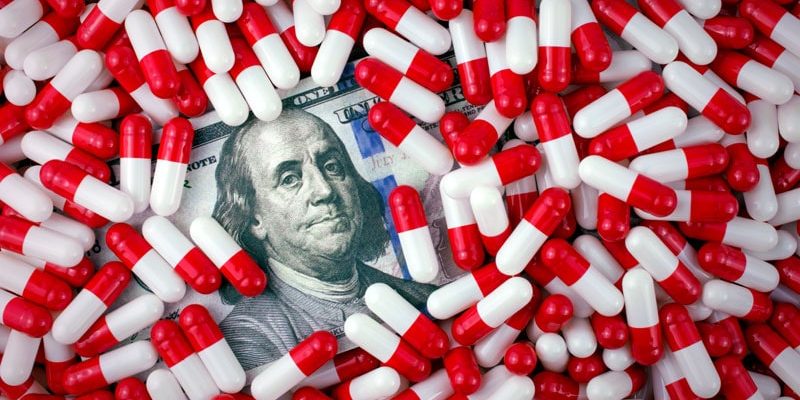Medicare beneficiaries with inflammatory bowel disease (IBD) can expect to pay thousands of dollars per year in out-of-pocket (OOP) costs for many specialty medications — even tens to hundreds of thousands of dollars in OOP costs over their lifetime, assuming Medicare enrollment at age 65, according to a new analysis.
“We found that the OOP costs of several specialty IBD medications may be prohibitively expensive for most Medicare beneficiaries, and thus policies to reduce OOP costs are essential towards improving medication access,” write Jeffrey Dong, MD, and colleagues from Beth Israel Deaconess Medical Center and Harvard Medical School, Boston, Massachusetts.
Their study was published online in the American Journal of Gastroenterology.
Specialty medications, such as biologics and small molecules, are now the first-line treatment for moderate to severe IBD, but these drugs are pricey, which may lead some patients to prematurely stop treatment.
Medicaid patients have low copays and those with commercial insurance may have access to copay assistance programs, but Medicare beneficiaries are not eligible for these protections.
And while Medicare supplemental insurance (Medigap) often fully covers post-deductible OOP costs for medications in Medicare Part B, no such protections exist for medications covered under Medicare Part D.
To get a better handle on the financial hardship of IBD medications for older Americans, Dong and colleagues evaluated OOP costs of specialty IBD medications under Medicare Part D (adalimumab, certolizumab pegol, golimumab, tofacitinib, and ustekinumab) and Part B (infliximab and its biosimilars, natalizumab and vedolizumab).
Huge Financial Hit
For maintenance Part D medications, median retail prices in 2022 range from $60,038 for certolizumab pegol to $154,930 for ustekinumab annually, which correspond to a yearly OOP cost of $5438 to $10,158, they report.
For maintenance Part B medications, median retail prices in 2022 range from $9636 for infliximab to $88,733 for natalizumab annually, corresponding to an OOP cost of $1927 to $17,747 annually without Medigap (lowered $233 per year with full Medigap Part B coinsurance coverage), they note.
In comparison, under commercial insurance and copay assistance, annual OOP costs for specialty IBD medications range from $0 to $60 per year.
Without Medigap, Medicare beneficiaries with $30,000 in annual income (the median) could expect total OOP costs to equal 20%-30% of annual income for several medications, Dong and colleagues found.
Median first-month OOP costs for these beneficiaries generally ranged between 55% and 80% of monthly income, though it was 148% of monthly income for ustekinumab.
Medicare beneficiaries with higher annual incomes of $55,000-$90,000 could still expect to pay 6%-20% of annual income on OOP costs for IBD medications and 20%-40% of first-month income in OOP costs for most medications.
Beneficiaries will have higher OOP costs during the first month of treatment due to not yet meeting the deductible and/or catastrophic coverage threshold.
The researchers note that recent legislation contains several provisions aimed at reducing OOP costs.
These include a $2000 annual cap on Part D OOP costs, which corresponds to 6.7% of annual income for those making $30,000 per year, and smoothing of first-month OOP costs, while also granting Medicare permission to negotiate prices for high-cost drugs, which could save billions annually at the national level.
Greater use of biosimilars may also yield additional savings. Notably, Dong and colleagues found that, between 2020 and 2022, OOP costs increased for most IBD medications but decreased for infliximab and its biosimilars.
The study had no financial support. The authors have declared no competing interests.
Am J Gastroenterol. Published online Oct. 10, 2022. Abstract.
For more news, follow Medscape on Facebook, Twitter, Instagram, and YouTube.
Source: Read Full Article
